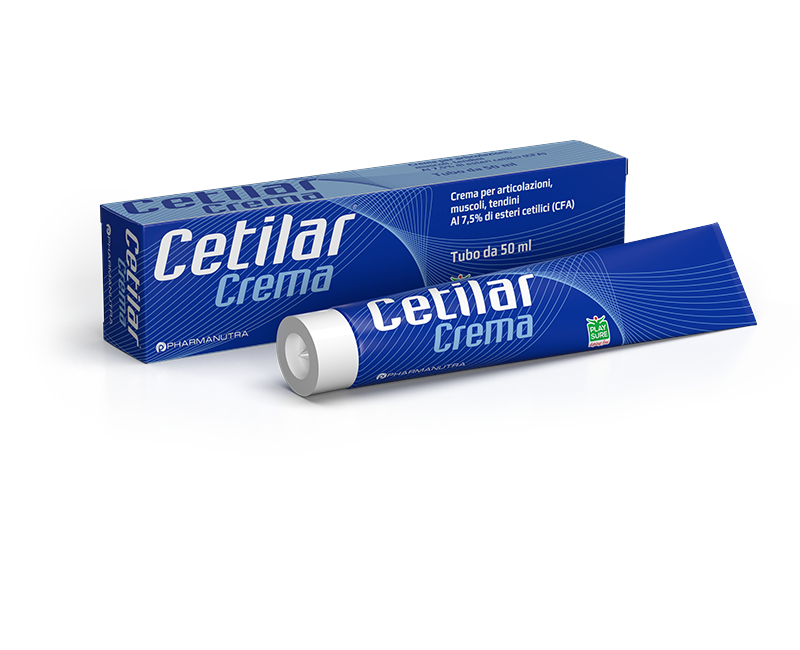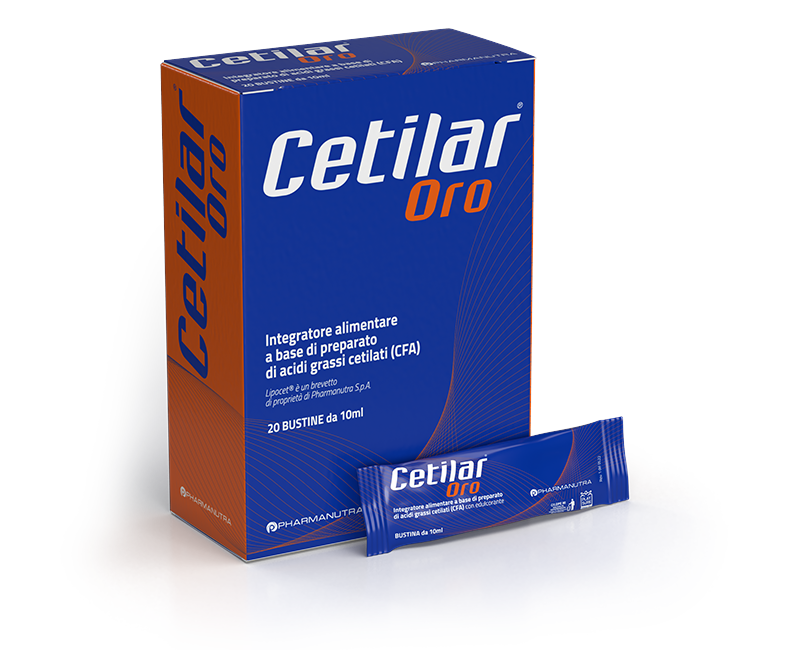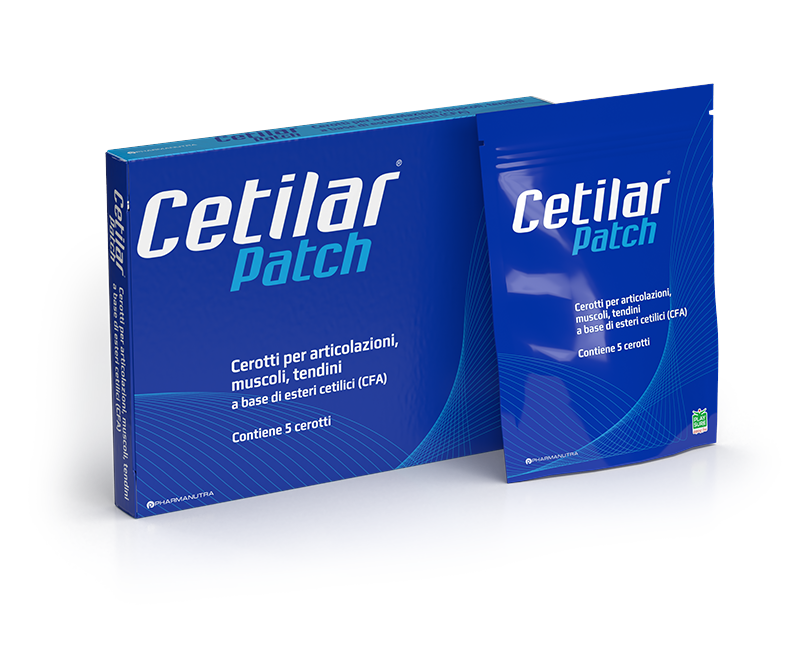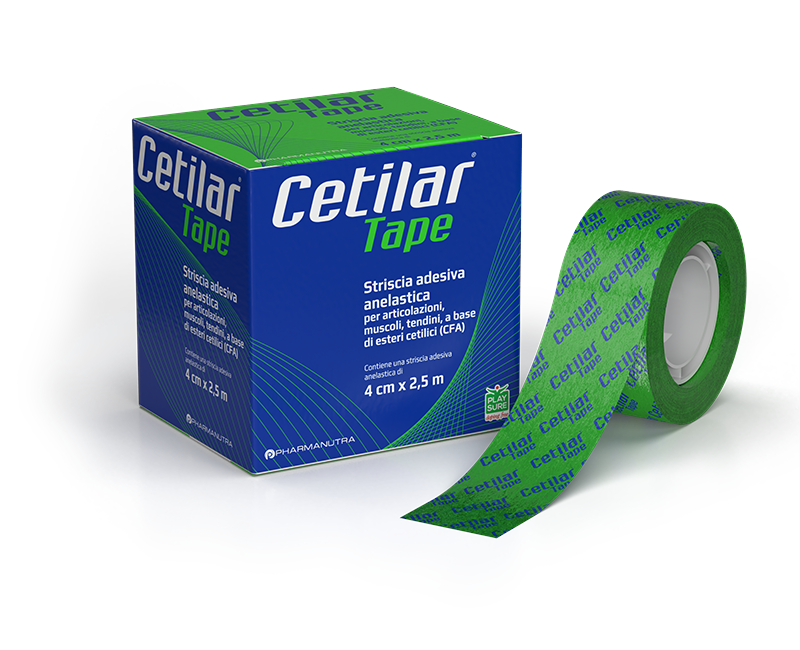Carpal tunnel syndrome: symptoms and treatment
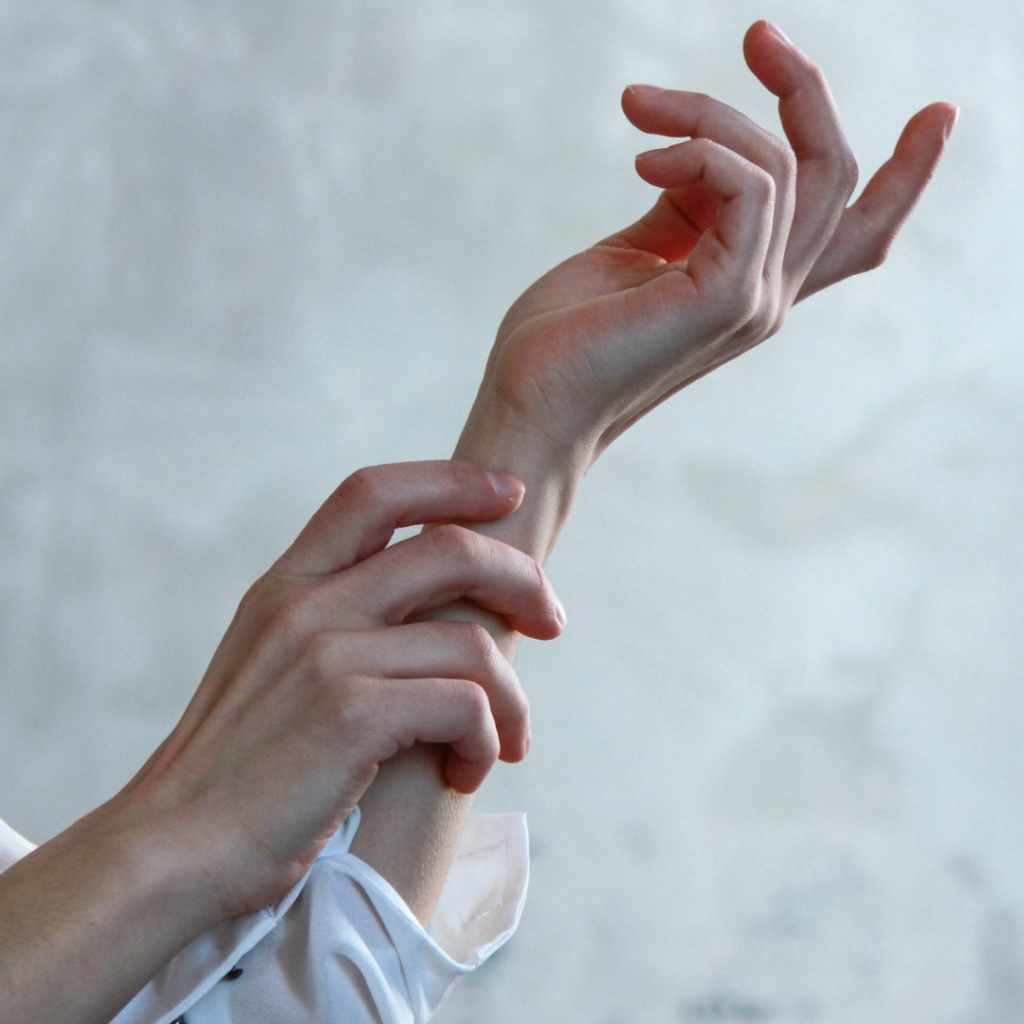
Carpal tunnel syndrome (CTS) is a neuropathy that involves trapped nerves, caused by compression of the median nerve on its route through the carpal tunnel of the wrist. This is the most common trapped nerve neuropathy representing 90% of all neuropathies.
The first symptoms of CTS are a tingling sensation, numbness, pain and paresthesia, and can be felt in various parts of the body: thumb, forefinger, middle finger and in the radial half (thumb side) of the ring finger. In more severe cases, pain can extend to the forearm.
If not correctly treated, carpal tunnel syndrome over time can cause weakness in the hands, reduced fine motor skills (i.e. motor coordination of the hands and fingers) and atrophy of the Thenar eminence, in other words the muscular region of the hand near the thumb.
Carpal tunnel and the median nerve: anatomical notes and functions
The carpal tunnel is formed by a non-extendible osteofibrous tunnel that protects the median nerve and the tendons of the flexing muscles of the hand. The cross ligament of the carpal tunnel, in other words the retinaculum of the flexor muscles, constitutes the upper limit (roof of the carpal tunnel) and the carpal bones form the lower edge (carpal tunnel floor). A total of 10 flexor tendons, wrapped in tendinous sheaths, and the median nerve pass through the carpal tunnel, which in the narrowest part reaches a cross section of just 1.6 cm2.
The median nerve is one of the main nerves that originate from the Brachial Plexus, which includes fibres from the area ranging from the sixth cervical vertebra to the first thoracic vertebrae (C6-T1). From the neck, passing via the armpit and inner arm through to the elbow, passing through the medial bicipital groove. Following this, it continues via the central area of the forearm to, and through the carpal tunnel, where it divides into several motor and sensitive terminal branches to reach the first four fingers of the hand.
When problems arise associated with the ratio between the inner space and volume of elements enclosed in the tunnel, the median nerve is compressed, thus causing Carpal Tunnel Syndrome.
Carpal tunnel syndrome: What are the risk factors?
There is a wide range of disorders and dysfunctions that can cause CTS, all attributable to two main risk factors:
- A reduction in the dimensions of the carpal tunnel, caused by conditions such as:
– mechanical overload (considered the most common cause);
– osteoarthritis;
– trauma;
– acromegaly.
- Pathological conditions that lead to an increase in size of the contents of the carpal tunnel:
– Masses, such as ganglion cysts, or primary tumours of the nerve sheath;
– Deposits of foreign material, e.g. amyloidosis;
– Synovial hypertrophy in rheumatoid arthritis;
– Thickening of the median nerve or flexor tendons.
In general, the physiopathology of Carpal Tunnel Syndrome is the result of a combination of compression and traction mechanisms.
Whatever the cause, a vicious cycle is created with an increase in pressure inside the tunnel, obstruction of general venous outflow, increase in local oedema, and compromised intraneural microcirculation of the median nerve. Nerve function is thus compromised, and the structural integrity of the nerve itself further expands this dysfunction: The myelin sheath and axon develop lesions and the surrounding connective tissue becomes inflamed, losing its normal physiological function of protection and support.
Repetitive traction and movement of the wrist exacerbate this negative area, further damaging the nerve. In addition to this, any one of the flexor tendons that pass through the carpal tunnel can become inflamed and compress the median nerve.
What are the early symptoms of Carpal Tunnel Syndrome?
The onset of this syndrome is normally gradual, starting with a tingling sensation or numbness along the route of the median nerve of the hand concerned, i.e. the first three fingers and part of the fourth finger. There are a number of movements that may indicate a worsening of symptoms, such as the static grip of objects such as the telephone or steering wheel, but symptoms generally occur overnight. In fact in the early phases, it is easy to note an improvement of symptoms when shaking or moving the hand.
As the problem progresses, the tingling or numbness can become constant and may also be accompanied by burning sensations or feelings like electric shocks in the hand, spreading to the forearm. Final symptoms are weakness and atrophy of the hand muscles. These combined effects of a loss of feeling and weakness can lead to a sensation of “clumsiness” in movements of the hand, as well as a loss in strength when gripping the thumb and forefinger and therefore a tendency to drop things.
Diagnosis and useful exams to evaluate CTS
Ultrasound scans and MRI are the two best imaging methods used to examine syndromes of trapped nerves. As well as showing the direct causes and anatomic variants, MRI recognition of pathological muscle signals can enable a clear identification of the affected nerve.
Electromyography and investigations of nerve conduction also form the basis of a diagnosis of carpal tunnel syndrome. Other clinical or special examinations, such as MRI of the cervical spine, are not required to confirm carpal tunnel syndrome, but they undoubtedly help to exclude other diagnoses. Meanwhile, radiography is recommended only to exclude other causes of wrist pain, such as arthritis or bone disease.
Conservative treatment: what movements to avoid
When carpal tunnel syndrome is diagnosed, early conservative treatment is recommended. Above all for those working in offices, the first useful remedy to alleviate symptoms consist in changing the most harmful movements of the wrist, ensuring the most ergonomic position of the hand, how to position the keyboard at the correct height and reduce bending, extension, abduction and adduction of the hand to a minimum when typing; then, where possible, efforts should be made to reduce repetitive tasks that tend to compress the carpal tunnel.
Medical non-surgical treatments include oral steroid anti-inflammatory medication, corticosteroid injections, NSAIDs, diuretics, vitamin B supplements and the use of a hand or wrist brace to reduce nerve tension.
Physiotherapy is also useful in the case of CTS: physiotherapists should initially evaluate changes in daily activities and at workplace (ergonomic changes), giving instructions on necessary rest and movements to avoid. In fact, very often simple changes to work practice can help to control milder symptoms of CTS.
On the other hand, manual therapy techniques include:
- Treatment of soft tissues
- Mobilisation of the carpus bone
- Mobilisation of the median nerve and brachial plexus using neurodynamic techniques
- Targeted work on the cervical spine (where the median nerve originates) and the entire upper limb
Other physiotherapy interventions useful to remedy problems related to the carpal tunnel include:
- TECAR therapy
- LASER therapy
- Magnet therapy as a home treatment
- Preparation of personalised splints and braces
Surgical intervention in the case of Carpal Tunnel Syndrome: recovery times and physiotherapy
The definitive treatment for persistent carpal tunnel syndrome, which does not respond to conservative treatment, is surgery to release the carpal tunnel, in cases where the studies of nerve conduction show significant axonal degeneration.
Surgery for CTS aims at creating more space for the nerve, and is a short operation, normally performed by an orthopaedic surgeon, specialised in hands. It usually consists in a mini-incision using local anaesthetic, to cut the transverse carpal ligament (flexor retinaculum) that acts as the roof of the carpal tunnel, thereby decompressing the nerve. Complete recovery of the hand after surgery is generally achieved after a few weeks of physiotherapy.
